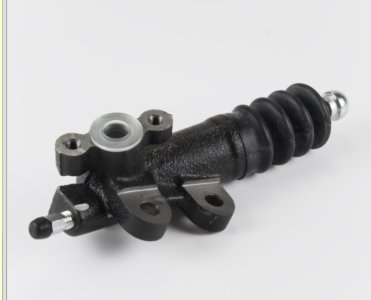- Joined
- 20 June 2024
- Messages
- 24
So in the last 7 to 10 days I noticed that there is considerable slippage when I put the car in gear specially first and second gear, but also in third etc. The mechanic said I need a new clutch. But the clutch that is currently on my NSX only has 10,000 km on it. He said he hoisted the car and was able to look at the condition of the current clutch, and said that there was a lot of “clutch material” that was in the assembly. He checked the clutch slave cylinder and said it was working fine.The current clutch was an OEM clutch that was installed approximately 10,000 km ago. I’ve grown up driving stick from the age of 16 so I know I’m not riding the clutch nor do I drive aggressively and it’s only 1000 km per season that I put on it in the last 10 years. So please tell me how is it possible that my OEM clutch with about 10,000 km according to the mechanic has failed??











